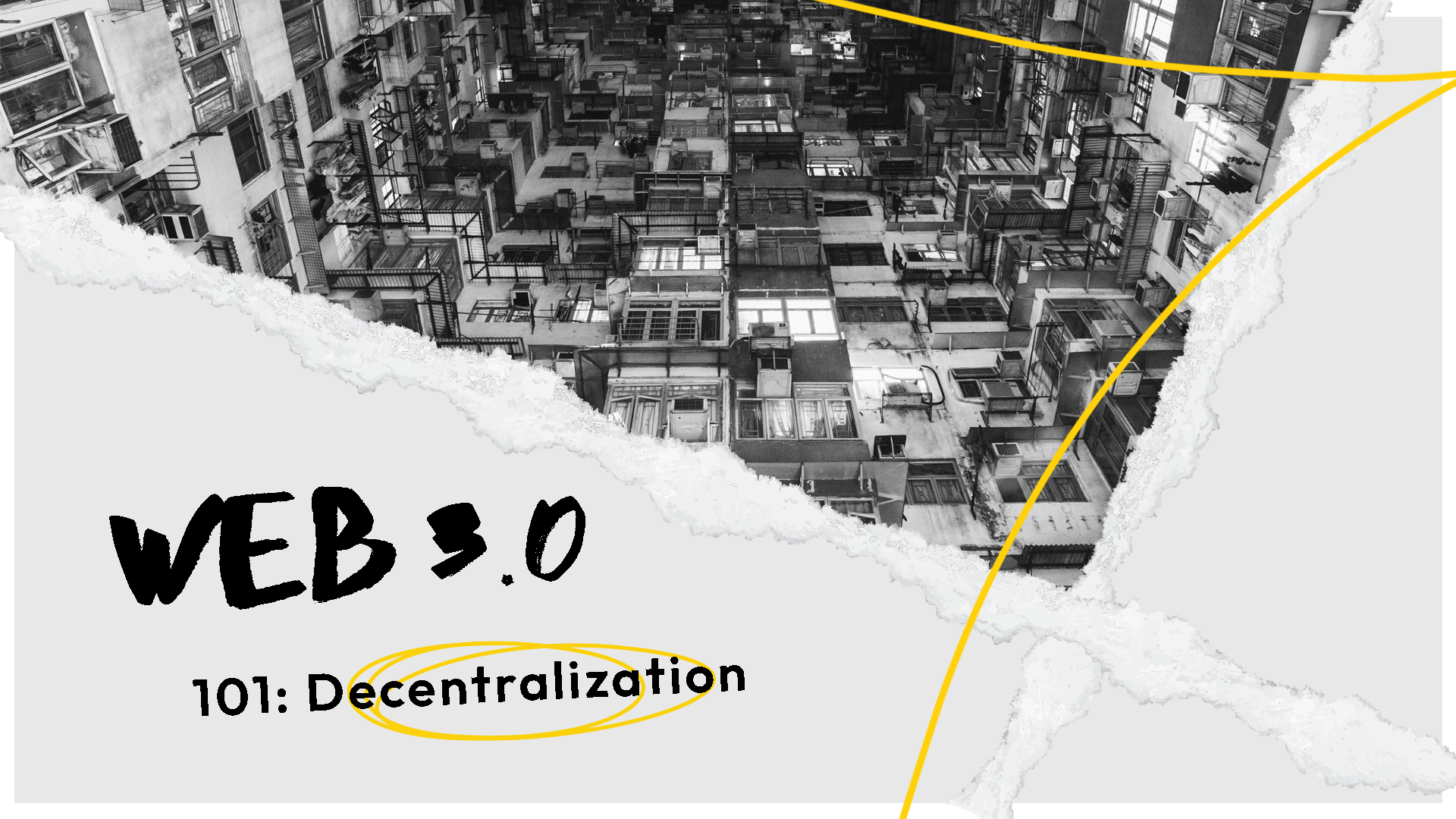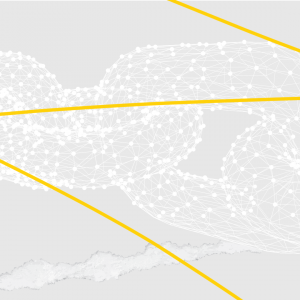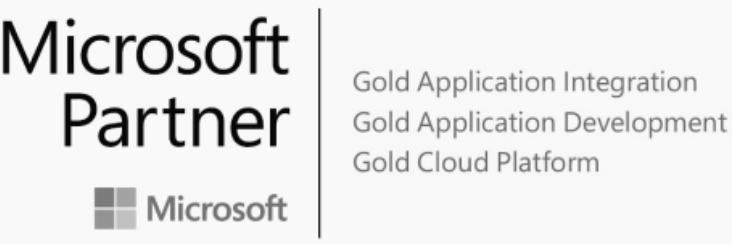As part of our ongoing Web 3.0 101 series, we wanted to look at an aspect of Web 3.0 that’s got a lot of people excited: decentralization.
What is decentralization?
Since the early days of the internet, decentralization has been a key value. No one person controls the internet. Nobody can switch it off. No one group owns it. It’s made up of millions of devices working together in an open network to create a whole much greater than the sum of its parts.
But over time, the internet has become more centralized. Organizations that control the browsers, search engines, and social media platforms we use consolidated and now control much of the available data and content.
Web 3.0 and re-decentralization
Web 3.0 and the underlying technologies redistribute data and decision-making.
A blockchain doesn’t store data in any one central location or give any one person power. Instead, it gives everyone in the network the same visibility, information, and decision-making power.
Blockchain and peer-to-peer networks are decentralized models that are extremely difficult for one person or group to control or manipulate.
What are the advantages of decentralization?
Advocates of Web 3.0 see decentralization as a return to the original principles of the internet.
And perhaps most importantly, it returns power to the people. Web 3.0 users have control over their data and content. They can connect with other users directly, rather than trusting third-party platforms.
Web 3.0 also enables the creator economy, allowing content creators to distribute their products directly to consumers without relying on sales or distribution platforms. Users don’t have to trust a centralized entity, taking control away from service providers and giving it back to creators and consumers.
Having data distributed throughout a network counters misinformation and data corruption. In a centralized system, if data gets changed incorrectly, it spreads everywhere. In blockchain and other Web 3.0 technologies, a wrong piece of information is detected and corrected by all the other machines with the right information.
This self-healing ability of Web 3.0 is effective whether the bad information results from a system failure or a purposeful attack, making decentralized systems more robust and more secure than centralized systems.
Decentralization is already happening
Decentralized apps (or dApps) are already in place, running on blockchain or peer-to-peer networks. Developers are leveraging the technology for finance, arts, collectibles (including NFTs), and gaming applications.
Of course, the best-known dApps are cryptocurrencies. Ethereum (ETC) is the largest decentralized community-run network, taking advantage of transactions approved, validated, and stored by all the network’s peers. In this way, Ethereum removes the need for a centralized authority.
The possibilities of a decentralized Web 3.0 are endless
It’s been nearly ten years since the concepts of Web 3.0 were first discussed, and we’re still just scratching the surface of what’s possible. To learn more about decentralized technologies like blockchain and Web 3.0, stay tuned to the RebelDot blog.
And if you’re ready to join the party, contact the RebelDot team today to discuss whether blockchain is the right platform to bring your idea to Web 3.0!






